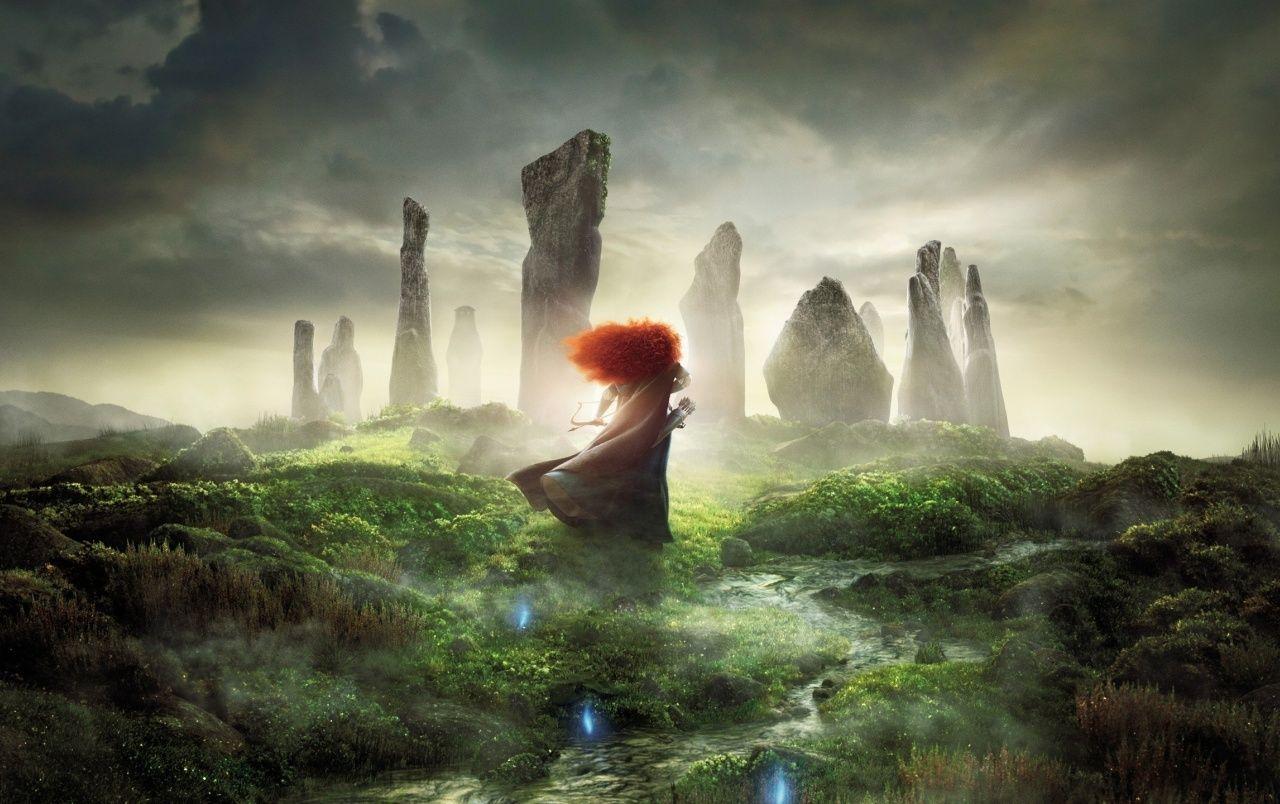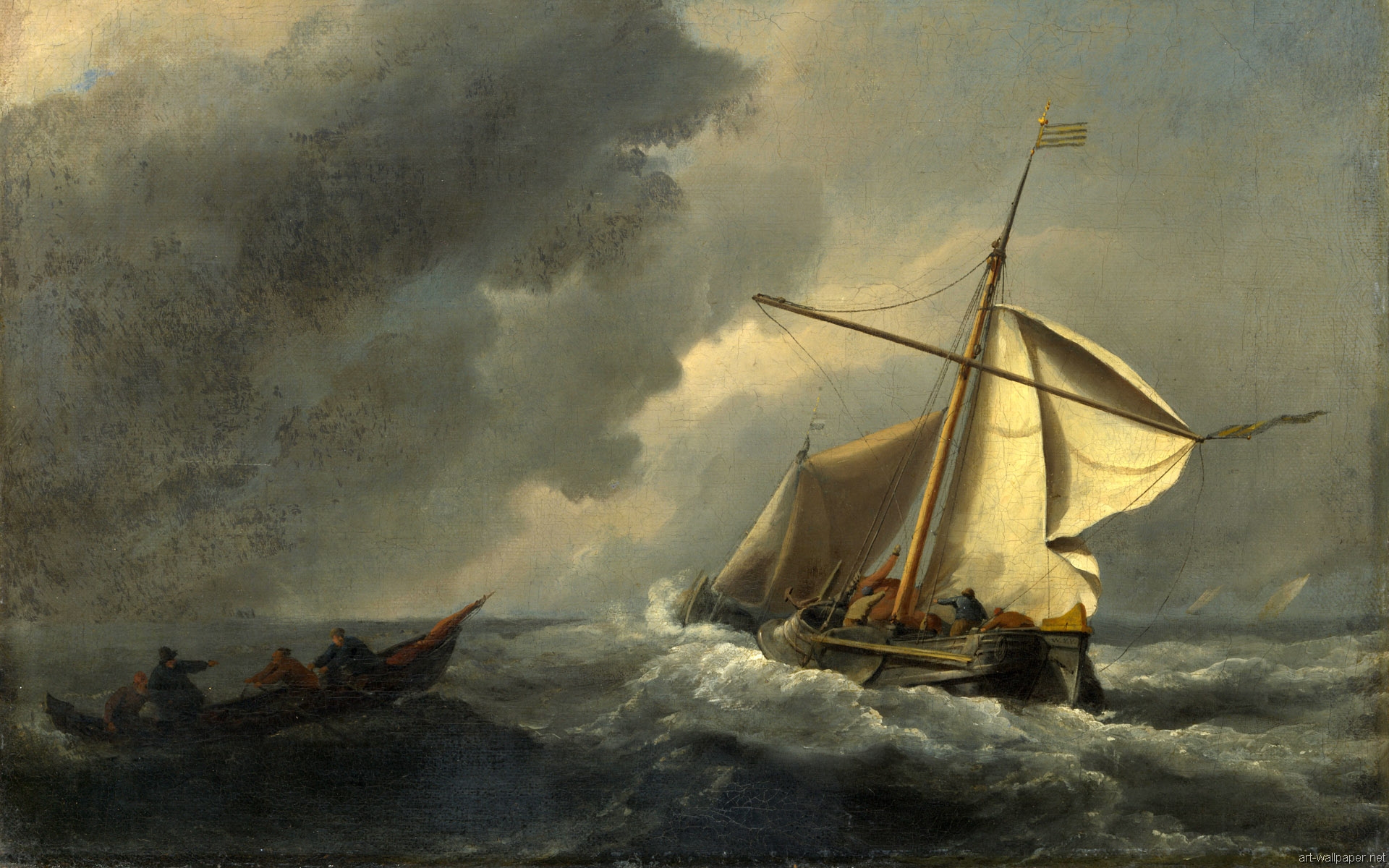film cover art Leave a comment
Film cover art
“The original idea for the Tate Modern exhibition Conflict, Time, Photography came from a coincidence between two books that have captivated and inspired me for many years: Kurt Vonnegut‘s classic 1969 novel Slaughterhouse-Five and the Japanese photographer Kikuji Kawada’s 1965 photobook The Map https://voltagebets.net/football/. Both look back to hugely significant and controversial incidents from the Second World War from similar distances.
Ms. Ractliffe, who lives in Johannesburg, took the photographs in 2009 and 2010 in Angola on visits to now-deserted places that were important to that country’s protracted civil war and to the intertwined struggle of neighbouring Namibia to gain independence from South Africa’s apartheid rule. South Africa played an active role in both conflicts, giving military support to insurgents who resisted Angola’s leftist government, and hunting down Namibian rebels who sought safety within Angola’s borders.
Conflict, Time, Photography brings together photographers who have looked back at moments of conflict, from the seconds after a bomb is detonated to 100 years after a war has ended. Staged to coincide with the centenary of the First World War, this major group exhibition offers an alternative to familiar notions of war reportage and photojournalism, instead focusing on the passing of time and the unique ways that artists have used the camera to reflect on past events.
Some of the most moving evocations of the Great War were captured by commercial photographers who arrived in northeast France in the wake of the conflict, when people began travelling to the region in order to see for themselves the extent of the devastation of local villages, towns, and cities. There was enormous appetite for images recording the destruction, available in the form of cheap guidebooks and postcards.
It may seem odd that these great works of art and literature took so long to emerge from the aftermath of the events they concern. But many of the most complex and considered accounts of conflict have taken their time. To Vonnegut’s painfully slow response to the war, for example, we might add Joseph Heller’s brilliantly satirical Catch-22, published in 1961, and, even more significantly, JG Ballard’s memorial masterpiece Empire of the Sun, which did not see the light of day until 1984.
Cinematic artwork
Through this exploration, we aim to highlight the innovative and enduring connection between film and painting, showcasing how cinematic techniques continue to inspire and elevate the art of painting.
Nighthawks (1942) is perhaps Hopper’s most iconic painting, epitomizing his cinematic style. The composition, featuring a brightly lit diner in an otherwise dark and deserted urban landscape, creates a stark contrast that draws the viewer into the scene. The careful arrangement of figures and the use of light and shadow contribute to a sense of suspense and intrigue, reminiscent of a film noir setting. The viewer is left to wonder about the lives of the diner’s occupants and the narrative that has brought them together in this moment.

Through this exploration, we aim to highlight the innovative and enduring connection between film and painting, showcasing how cinematic techniques continue to inspire and elevate the art of painting.
Nighthawks (1942) is perhaps Hopper’s most iconic painting, epitomizing his cinematic style. The composition, featuring a brightly lit diner in an otherwise dark and deserted urban landscape, creates a stark contrast that draws the viewer into the scene. The careful arrangement of figures and the use of light and shadow contribute to a sense of suspense and intrigue, reminiscent of a film noir setting. The viewer is left to wonder about the lives of the diner’s occupants and the narrative that has brought them together in this moment.
This blog will focus on several key areas where cinematic influences are most evident in painting. We will begin by providing a historical context, highlighting the early intersections of film and painting and the evolution of cinematic techniques. Next, we will delve into specific techniques borrowed from film, such as composition and framing, lighting and color, and narrative storytelling. Through these sections, we will explore how painters use these techniques to create depth, mood, and symbolic meaning in their works.
The significance of this interdisciplinary approach lies in its ability to break down traditional boundaries and foster creativity. By drawing from multiple disciplines, artists can push the limits of their practice and create works that resonate on multiple levels. This fusion of film and painting not only enhances the storytelling potential of visual art but also reflects the increasingly interconnected nature of contemporary culture.
Classic artwork
Though simple in motif, Caravaggio’s undemonstrative still life encapsulates key aspects of his revolutionary Baroque contributions – stark realism, exaggerated chiaroscuro, and focus on mundane objects over lofty ideals. Against an abyssal darkness that dominates, ripened fruits burst with sensuous hyper-realism in detail, texture and heightened drama of light/shadow. He eliminates religious symbolism that dominated conventional still life, imbuing mundane items with unprecedented monumentality through stark single-source illumination.
A symbol of love and intimacy, “The Kiss” is celebrated for its sumptuous decorative patterns and universal theme. Klimt’s use of gold leaf adds a mythical quality to the piece, elevating a simple embrace of the realm of the divine.
Scholars have offered several interpretations and analyses of the painting, ranging from its subtle symbolism to the painting’s portrayal of Jesus’ announcement that one of the disciples would betray him.

Though simple in motif, Caravaggio’s undemonstrative still life encapsulates key aspects of his revolutionary Baroque contributions – stark realism, exaggerated chiaroscuro, and focus on mundane objects over lofty ideals. Against an abyssal darkness that dominates, ripened fruits burst with sensuous hyper-realism in detail, texture and heightened drama of light/shadow. He eliminates religious symbolism that dominated conventional still life, imbuing mundane items with unprecedented monumentality through stark single-source illumination.
A symbol of love and intimacy, “The Kiss” is celebrated for its sumptuous decorative patterns and universal theme. Klimt’s use of gold leaf adds a mythical quality to the piece, elevating a simple embrace of the realm of the divine.
Scholars have offered several interpretations and analyses of the painting, ranging from its subtle symbolism to the painting’s portrayal of Jesus’ announcement that one of the disciples would betray him.
